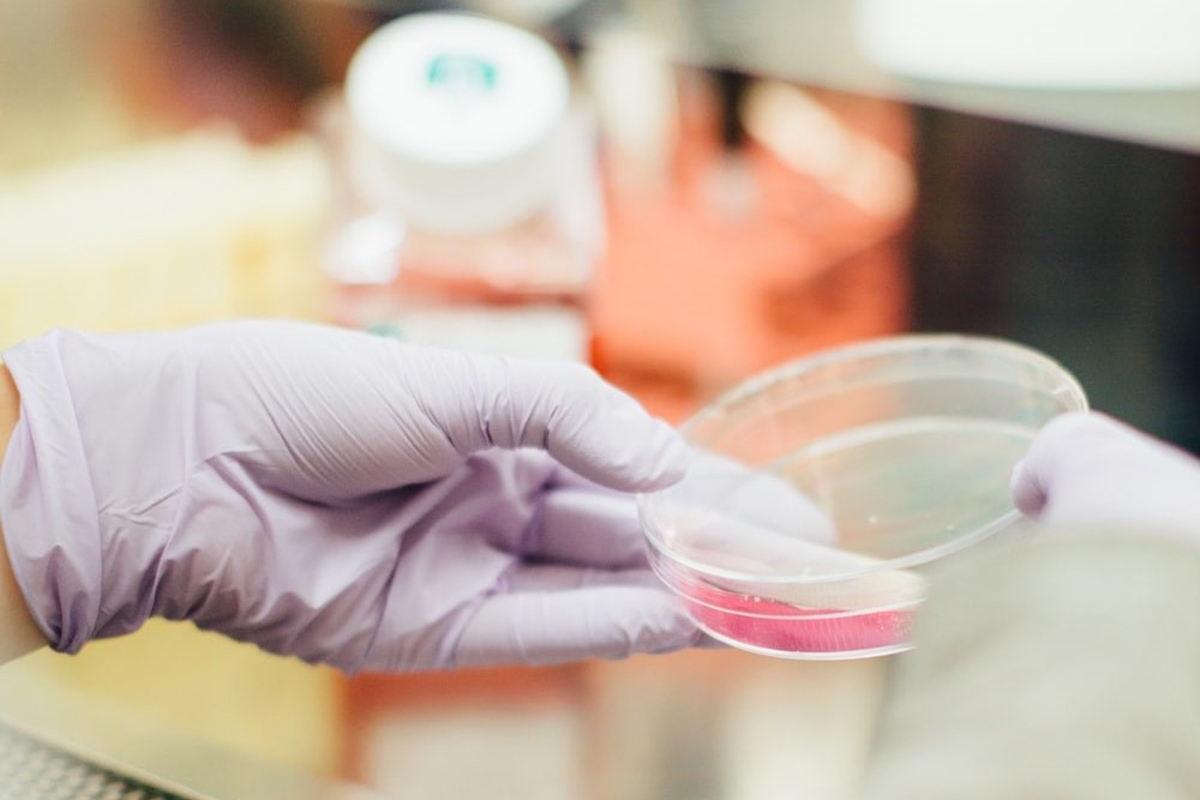If there are no two identical individuals, why are their treatments the same? Precision medicine is changing the paradigm with the latest technological innovations. This is what Precision Medicine means and its most relevant practical implications.
The dawn of the twentieth century found Karl Landsteiner in the laboratory of the University of Vienna. Submersed in his research, the Austrian MD and biologist struggled to understand why some blood transfusions were successful and others were not. The scientist was looking for the answer to a simple question: if each person is different, why are the treatments equal?
Years of investigation would culminate in the identification of the ABO blood group system in 1901, one of the first examples of precision medicine and a recognition of the biological differences of each patient. Karl Landsteiner would receive the Nobel Prize in Medicine in 1930 in recognition of this achievement.
But that was many years later. Until that time, different patients diagnosed with a disease received the same treatment. Physicians failed to realize exactly why it worked in some cases but not in others, or to explain variable success rates. Today, 100 years after pioneers like Landsteiner took the first steps in precision medicine, a series of innovations promise to breathe new life into their discoveries.
What is precision medicine?
Precision medicine alters the paradigm of traditional medicine. In traditional medicine, treatments are designed to help more people than that they harm, on average. But they may not for a specific individual. Precision medicine, on the other hand, recognizes that each person has distinct molecular characteristics and that these have a significant impact on health.
Advances in areas such as rapid DNA sequencing, tissue engineering, cell reprogramming or gene editing, backed up by public investment and health digitization, have relaunched the importance of precision medicine.

Source: APAH
Thanks to these innovations, researchers from all over the world are creating tools that would have been unimaginable just a few years ago. In 1990,when the Human Genome Project was launched, it took €30 billion to sequence just one genome. Today, sequencing costs a few hundred euros and everyone can order it online. The latest equipment can produce results in one day.
The technology, combined with molecular analysis, highlights the amazing biochemical variations that make every human body unique. The result is the development of precision treatments for idividuals or patient populations, with common characteristics, i.e., phenotypes, with a specific treatment for each group. This is a far cry from the “trial and error” approach to designing a treatment for a particular type of patient.
Practical applications of precision medicine
Precision medicine considers the genetic variability, environment, and lifestyle of each person. With that background in mind, scientists can develop more efficient mechanisms of diagnosis, treatments, or medicines at a fraction of the cost for healthcare organizations. These are the main practical applications of precision medicine.
Precision diagnosis
Clinical diagnosis is one area that stands to benefit the most from precision medicine, both in terms of outcome and patient experience. For example, it is possible to select cases in which less invasive methods, such as noninvasive digestive endoscopy, are an option.
To achieve this, precision medicine uses biomarkers, among other tools. Biomarkers or biological markers are parameters that measure the occurrence of a certain normal or pathological function of an organism or a response to a pharmacological agent.
There are several types of biomarkers, such as
- Physiological: Measures the function of organs;
- Physics: tracks changes in characteristics in biological structures;
- Histological: which applies to tissue samples obtained by biopsy;
These biological markers make it possible to stratify individuals into subpopulations that diverge in response to treatment. In this way, it is possible to diagnose, monitor, or guide the therapeutic decision.

Source: Stratification of patients using genetic and genomic biomarkers.
Targeted therapies
Precision medicine aims to solve a concrete problem: the need to make diagnosis more accurate and to increase the effectiveness of current treatments. Diabetes treatment, for example, has an ineffectiveness rate upwards of 40%, while resulting in significant loss of quality of life for the patient.
Once scientist recognized such heterogeneity, they began differentiating between classes of type 2 diabetes to better direct the treatments. Treatment ineffectiveness is a major problem in many diseases. Arthritis treatment has an ineffectiveness around 50%. In oncology, that rate grows to an impressive 75%.
There are at least 100 drugs that, if administered to people with specific genetic variants, may not act in the normally prescribed way, a problem that can be fatal.
With oncology, for example, conventional chemotherapy acts on rapidly dividing cells, with no separation between healthy and cancer cells. Chemotherapy can cause notorious side effects because healthy cells suffer the cytotoxic effect of treatment and are destroyed. The new targeted therapies attack the tumor with greater precision and get a better outcome with fewer side effects.
Areas such as mutation-based therapies, immunotherapies and cell therapy are some of the prime examples associated with new precision medicine treatments.
Cost reduction
Precision Medicine aims to improve the speed and effectiveness of diagnoses by avoiding the prescription of unnecessary and expensive therapies. At the economic level, this change represents a more rational and efficient use of resources, reducing waste and costs associated with ineffective treatments and their side effects.
More prevention, less reaction
By abandoning the “one size fits all” approach and embracing precision medicine, caregivers can be more proactive and less reactive. Based on the knowledge obtained from the genetic map, context, and lifestyle of each patient, it will be possible to develop a greater understanding of the disease at the molecular level. From there, patients are more likely to heal from the treatment or preventive strategies.
Challenges of precision medicine
Despite the promise of precision medicine, challenges remain:
- Development and validation of algorithms approved for a civil environment;
- The need for significant resources to improve data collection, storage, sharing and integration with EHR (electronic health records);
- Incorporation of genomic information in healthcare systems;
- Analysis of ethical constraints, privacy and data security, because of the collection, analysis and processing of various personal data;
- Assert the quality of the underlying data to ensure the ensuing treatments.
Through Big Data it is possible to integrate a high volume of data available from various sources of information quickly and effectively. Artificial intelligence (AI) provides smarter and more capable systems for better management and decision-making.
But to use this data, it is necessary to integrate scattered bits of information from many data sources and silos (such as hospitals, clinics, pharmaceutical companies, laboratories). Before it is possible to apply algorithms to real information, integration platforms are needed to aggregate the information and then analyze it.
These platforms will be essential in capturing the information to enhance precision medicine in a clinical environment and will involve the collaboration of the various partners in the healthcare sector.
Training healthcare professionals
For the change in the clinical paradigm to occur, it is not enough to develop disruptive technologies. It is necessary to invest in training programs for professionals, as well as other healthcare decision-makers who will influence the adoption rates and access.
This is the only way to ensure that professionals are involved and properly trained to promote the best use of innovative diagnostic and treatment methods.

